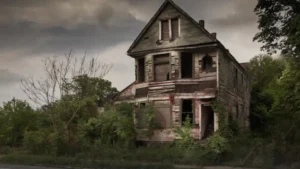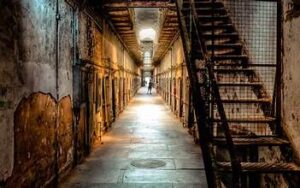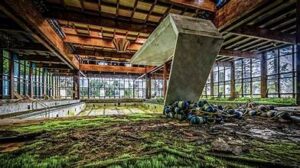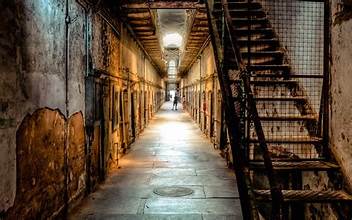
Abandoned locations often captivate with their eerie charm and timeless beauty. From crumbling factories to deserted amusement parks, these sites offer a unique canvas for photographers looking to capture the haunting allure of decay. This guide will delve into the best practices for photographing abandoned places, offering tips and tricks to ensure your shots are both stunning and evocative.
1. Research and Planning
Before setting out to photograph an abandoned location, thorough research is essential. Understanding the history and significance of the site can provide valuable context and help in planning your shoot. Utilize online resources, such as historical records and photography forums, to gather information. Plan your visit for optimal lighting conditions, which often means early mornings or late afternoons to capture the site in the best light.
Tips:
- Use tools like Google Maps and Street View to scout the location.
- Check local regulations or permissions required for accessing private or restricted areas.
2. Safety First
Safety is a primary concern when exploring abandoned locations. These sites can pose various hazards, such as unstable structures, broken glass, and other debris. Always prioritize your safety and take necessary precautions.
Safety Tips:
- Wear sturdy, closed-toe shoes and gloves.
- Carry a flashlight and a basic first-aid kit.
- Inform someone of your whereabouts and expected return time.
3. Equipment Essentials
Having the right equipment can make a significant difference in your photography. A DSLR or mirrorless camera with a range of lenses is ideal. Wide-angle lenses are excellent for capturing expansive interiors, while macro lenses can help you focus on intricate details. A tripod is crucial for low-light conditions to avoid camera shake and ensure sharp images.
Recommended Gear:
- DSLR or mirrorless camera
- Wide-angle lens (16-35mm)
- Macro lens (for detailed shots)
- Tripod
- Extra batteries and memory cards
4. Composition Techniques
Composition plays a vital role in creating compelling images of abandoned locations. Look for interesting angles and perspectives that highlight the site’s unique features. Incorporate elements such as leading lines, symmetry, and textures to enhance the visual impact of your photographs.
Composition Tips:
- Use leading lines to draw the viewer’s eye into the frame.
- Experiment with different perspectives, such as shooting from low angles or high vantage points.
- Pay attention to textures and details that tell a story about the location’s past.
5. Lighting and Atmosphere
Lighting can dramatically affect the mood of your photographs. Natural light, especially during the golden hours of sunrise and sunset, can add a warm glow to your images. For indoor shots, consider using available light sources or a portable flash to illuminate dark corners.
Lighting Tips:
- Utilize natural light for a soft, diffused effect.
- Use a flashlight or portable LED light for indoor photography.
- Experiment with different lighting conditions to capture various moods.
6. Post-Processing Techniques
Post-processing is where you can truly enhance the mood and aesthetic of your images. Software like Adobe Lightroom and Photoshop allows you to adjust exposure, contrast, and color balance. Don’t be afraid to experiment with filters and effects to bring out the haunting atmosphere of the location.
Editing Tips:
- Adjust exposure and contrast to highlight details and textures.
- Use filters to enhance the mood—sepia tones or black-and-white conversions can add a dramatic effect.
- Crop images to improve composition and remove distractions.
7. Respect and Preservation
While photographing abandoned locations, it is crucial to respect the site and contribute to its preservation. Avoid vandalizing or damaging the property, and leave it as you found it. Respecting these guidelines ensures that these locations can continue to be enjoyed by future photographers and explorers.
Respectful Practices:
- Avoid touching or moving objects.
- Do not graffiti or damage the site in any way.
- Leave no trace of your visit.
8. Sharing Your Work
Once you have captured stunning photographs of abandoned locations, consider sharing them on social media or photography websites. This not only showcases your work but also raises awareness about the beauty and history of these forgotten places. Engage with photography communities to receive feedback and connect with like-minded individuals.
Sharing Tips:
- Use relevant hashtags to reach a wider audience.
- Write engaging captions that provide context about the location.
- Participate in online photography forums and communities.
Conclusion
Photographing abandoned locations offers a unique and rewarding experience for photographers. By researching, planning, and using the right techniques, you can capture the haunting allure and timeless beauty of these forgotten sites. Remember to prioritize safety, respect the location, and use your creative skills to produce stunning and evocative images.




